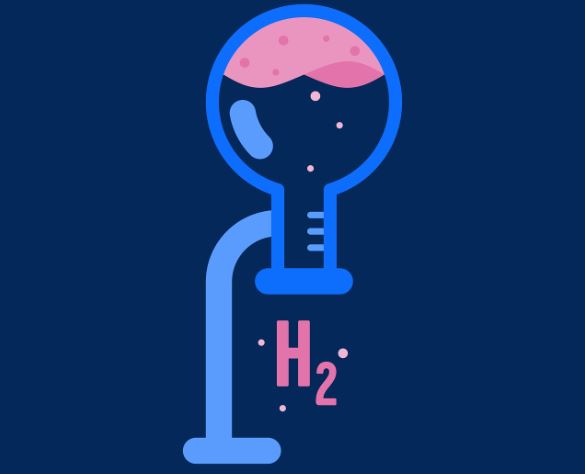The global supply of low-carbon hydrogen is set to be dominated by the US, Europe, and China by the end of the decade, driven by strong regulatory support and ambitious growth targets, according to a recent report by BloombergNEF (BNEF).
These regions are forecasted to account for 80% of the global output of clean hydrogen, a fuel whose production significantly reduces or captures greenhouse gas emissions. BNEF’s Hydrogen Supply Outlook predicts that annual supply will increase thirtyfold to 16.4 million tons by 2030.
The United States is expected to lead the charge, accounting for 37% of low-carbon hydrogen production by 2030, thanks to supportive domestic policies including tax credits and subsidies. Europe and China follow with projected shares of 24% and 19%, respectively. In Europe, the UK, Netherlands, Spain, and Portugal will be the main contributors to hydrogen production.
However, China’s supply pipeline remains somewhat opaque due to limited visibility on government projects and targets. Despite this, China’s role is anticipated to grow significantly, reflecting its broader ambitions in the renewable energy sector.
Hydrogen has been a staple in industries such as oil refining and chemicals for decades, traditionally produced using natural gas or coal, known as gray hydrogen. In contrast, green hydrogen is produced by splitting water using renewable electricity, resulting in zero emissions. Blue hydrogen, made from fossil fuels but coupled with carbon capture and storage, offers a lower-carbon alternative.
BNEF’s New Energy Outlook projects that demand for all types of hydrogen will quadruple to 390 million tons by 2050. This surge is driven by sectors like iron and steel, aviation, and shipping, which are increasingly looking to hydrogen as a sustainable fuel option. The forecast is based on a net zero emissions scenario aligned with the Paris Agreement’s goal of limiting global warming to 1.5 degrees Celsius above pre-industrial levels.
Electrolyzer capacity, critical for green hydrogen production, is expected to reach 95 gigawatts by the end of 2030, nearly ten times the current approved capacity. This expansion is poised to support most hydrogen production in the Asia Pacific region. However, blue hydrogen will dominate supply from major producers like the US and UK, reflecting the current technological and economic landscape.
The forecasted dominance of the US, Europe, and China in the low-carbon hydrogen market by 2030 underscores the pivotal role these regions will play in the global energy transition. With strong regulatory frameworks and substantial investments, these regions are well-positioned to lead in hydrogen production. However, realizing this potential will necessitate overcoming significant technical and economic challenges. As the hydrogen sector evolves, ongoing monitoring and adaptation will be crucial to meet the rising demand and achieve the sustainability goals outlined in international climate agreements.





